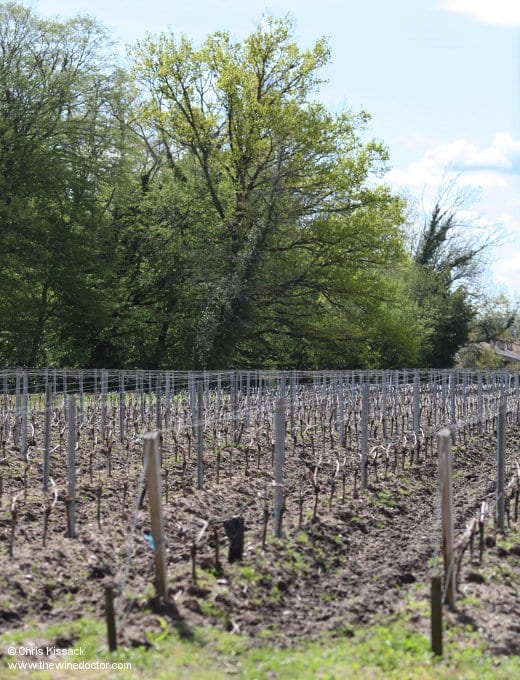Moulis & Listrac
The geography of the Gironde estuary and the Médoc peninsula naturally suggests that the next appellations of interest after Margaux should be directly to the north, at the water’s edge. As I explained in the introduction to my guide to Margaux, the quality of the wines produced on the Médoc seems to be related to the drainage and ripening advantages conferred by the region’s gravel-rich soils. The deposition of this gravel into deep beds has always been determined by the course of the Gironde, which over many millennia has worked its way through repeated cycles of gravel deposition and then erosion, as determined by the water levels which would fall and then rise as the earth swung between glacial and interglacial phases. Naturally, therefore, all of the Médoc’s gravel beds lie directly adjacent to the Gironde. And yet between Margaux and St Julien there is something of a cru classé hiatus, what at first glance appears to a fracture in the vinous landscape.
On closer inspection we can see why; the land here is much less gravelly then expected. It is in fact much more like a marsh, and therefore it is of less appeal to the quality-orientated viticulteur. Indeed, examine any map of the region between Margaux and St Julien and you will see that the land here is criss-crossed by a complex and regular network of drainage channels in order to encourage the water to run off the land. It does not, at first inspection at least, seem like a very good prospect for the vine.
Despite this, there are in fact some soils (and therefore vineyards) that should be of interest to us here. First of all, to the extreme east, alongside the Gironde, there is some gravel to be found. The gravels here might not have the great depth of the impressive beds located in the grander appellations to the north and the south, but some of these gravel beds – especially those to the north, where the land rises up slightly as we approach St Julien – are home to some notable ‘insider’s’ châteaux, estates that can turn out classically-styled Cabernet-dominant wines that offer us something akin to a cru classé wine at a fraction of the price. These châteaux have perhaps been held back by the lack of a grand appellation, as these vineyards have not earned a communal appellation of their own, and they remain merely Haut-Médoc; I will deal with these vineyards and châteaux in my account of the Haut-Medoc appellation, a subsequent instalment in this guide.
Secondly, and more pertinent to this section of my guide to Bordeaux, inland to the west are the two lesser-appreciated appellations of Moulis and Listrac.

